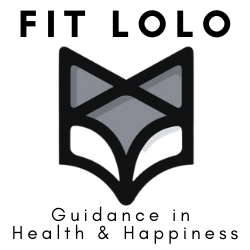150618 - Relative Intensity | CrossFit, Catalyst
Intensity. CrossFit states in its charter and it's very description that Intensity is the end all be all. Without intensity you do not get fitness.
Constantly Varied, Functional Movement at High Intensity.
Mechanics, Consistency, Intensity
The challenge is determining the ideal level of relative intensity for the individual. For a lot of people just working to do the movements correctly is intense, other times (mostly with bodyweight movements) the only way to get intensity is by going faster. Even other times, increasing the weight is how to get it. We're searching for the appropriate intensity for the athlete.
Intensity is measured pretty simply:
P = (Fd)/t
Where Power equals Force x distance over time and Power in this case is Intensity.
Firing a large weight epileptically overhead meets the requirement, but isn't the best way to go about it. Form, mechanics and efficiency not only mitigate injury, but they also make it so you can lift more, faster. AKA get more intensity out of the same movement. So when we harp on good form, it's not just because we want you to look pretty (although admittedly, that's part of it), it's so you can get the most out of the workout and push the envelope of performance, without having to take time off from injury or burn-out.
So take a step back, evaluate your situation and apply the correct relative intensity. If you feel like it's a spastic shitshow, it probably is.
WOD
Tabata :20 work, :10 rest x 8 rounds per element
Push-ups
Pull-ups
Box Jumps
Toes to bar
Catalyst
Power snatch
70% x 3
75% x 3
80% x 3
3RM
Snatch high pull 70% x 3 x 5
Snatch balance 75% x 5+1 x 5
1RM OHS from snatch balance

